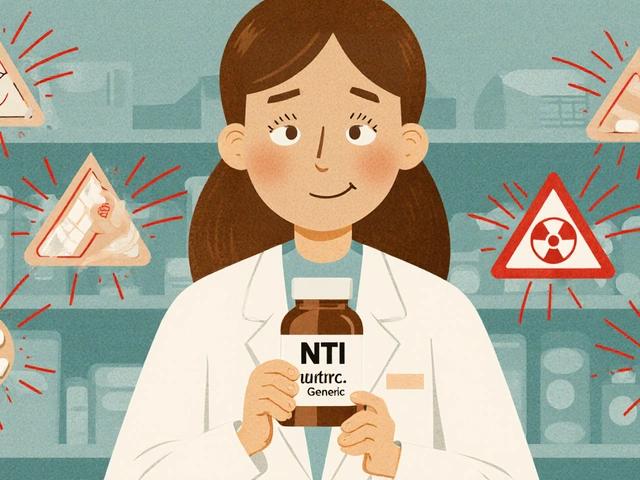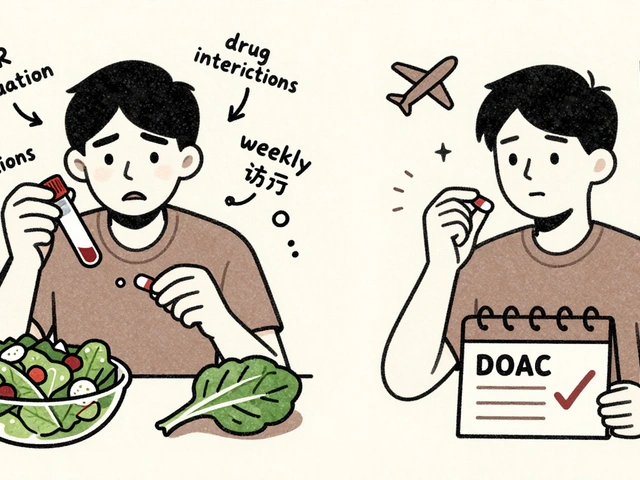Medical Marijuana Migraine Relief: What You Need to Know
Got a migraine that just won’t quit? You’re not alone. Many people turn to medical marijuana because it can calm the pounding pain, nausea, and light sensitivity that come with a migraine attack. Below you’ll find straight‑forward info on which cannabis products work best, how to dose safely, and what to watch out for.
How Cannabis Helps Migraine Pain
Both THC (the “high” part) and CBD (the non‑psychoactive part) have properties that can quiet the nerves firing during a migraine. THC binds to receptors in the brain that control pain, while CBD reduces inflammation and can calm the gut, which is often involved in headache triggers. Studies show that people who use a balanced THC‑CBD blend report fewer migraine days and lower pain scores than those who rely on over‑the‑counter meds alone.
When picking a strain, look for:
- Indica‑dominant varieties – they’re more relaxing and may help with muscle tension.
- High CBD, moderate THC – this combo eases pain without making you feel overly “spaced out.”
- Terpenes like myrcene and caryophyllene – they add extra anti‑inflammatory vibes.
Inhalation (vaping or smoking) can give fast relief within minutes, which is handy if a migraine hits suddenly. Edibles and tinctures take longer (30‑90 minutes) but provide longer‑lasting effects, often useful for preventing a migraine that’s looming after a stressful day.
Tips for Safe Use and Getting the Best Results
Start low and go slow. A tiny puff or 2‑5 mg of THC/CBD oil is enough for most first‑timers. Wait 15‑30 minutes before deciding if you need more. This prevents over‑consumption, which can cause dizziness or anxiety—exactly what you want to avoid during a headache.
Keep a migraine journal. Note the strain, dose, method, and how you felt afterward. Over a few weeks you’ll spot patterns: maybe a certain terpene profile cuts the pain in half, or a low‑dose tincture works better than a high‑dose vape.
Watch for drug interactions. If you’re already on prescription migraine meds (like triptans), talk to your doctor before adding cannabis. Some antidepressants can boost THC levels, while blood thinners may increase bleeding risk if you smoke heavily.
Legal side matters too. In most places you need a doctor’s recommendation and a state‑issued card to buy medical marijuana. Make sure you purchase from a reputable dispensary that tests its products for potency and contaminants.
Finally, consider lifestyle tweaks alongside cannabis. Hydration, regular sleep, and limiting caffeine can amplify the relief you get from marijuana. Think of cannabis as a partner, not a cure‑all.
With the right strain, dosage, and a bit of tracking, medical marijuana can become a powerful tool in your migraine‑management kit. Give it a go, stay mindful of your body’s signals, and you might find those dreaded headache days becoming a lot rarer.

Top Cannabis Strains for Migraine and Headache Relief
Discover the most effective cannabis strains for easing migraines and headaches, with detailed profiles, dosage tips, and safety advice.




